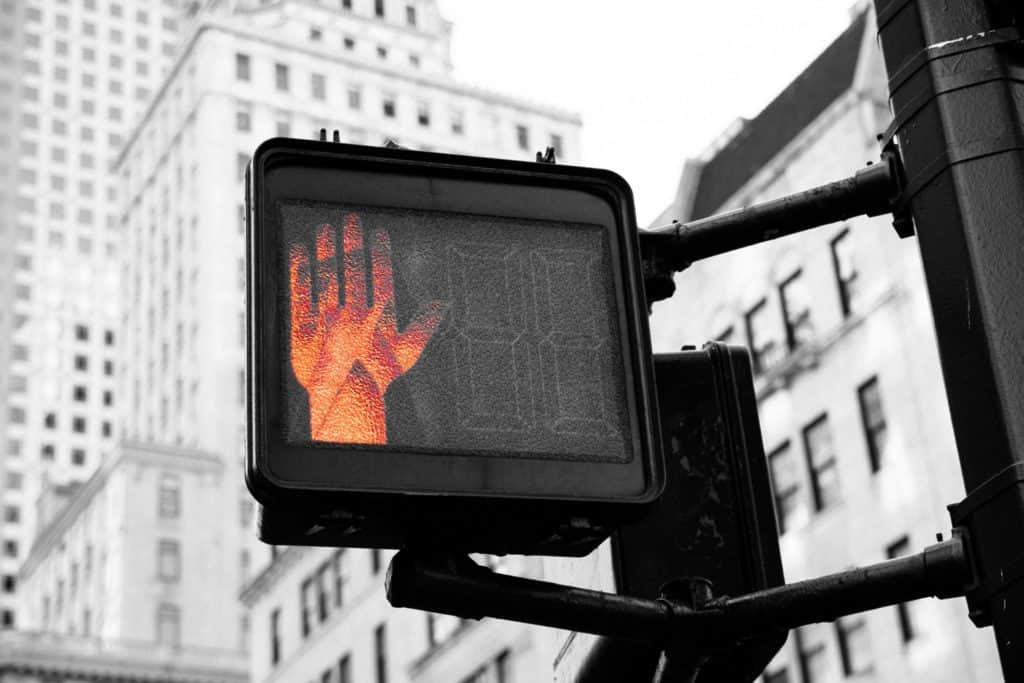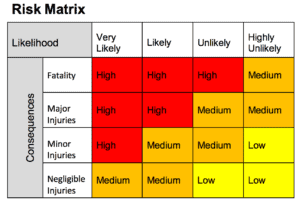
Self and Safety Leadership in the Times of COVID-19
The role of a leader is challenging and lonely at the best of times, however during times of crisis the challenge amplifies as does the sense of isolation. Where do leaders turn to for support in times of crisis? We have a few options available; we can look back to history and see how others lead during challenging times, we can look inwards and trust our instinct and intuition, we can reach out to others in our community for support or we can do all or any of the above that is applicable to your current situation.
Leadership is beyond a title or position; leadership is about action. Actions which are effectively manifested through our thoughts and belief. In challenging and uncertain times, it is a natural behaviour to default to a reactive approach. Reactive behaviour is not conducive to a safe headspace. When faced with a constantly changing landscape, it is important for us to remain calm and adaptive. Adapting rather than reacting is easier said than done especially when we are faced with a constantly evolving threat.
When it comes to safety and wellbeing as leaders, we must take responsibility and ownership for our personal safety and wellbeing, our beliefs and behaviours also need to reflect this. As leaders our greatest responsibility is “influence” and we can only do this by exhibiting the behaviours we promote. This is the time to “walk the talk”.
We are currently facing a significant threat unlike any other in our lifetime, this threat needs to be taken very seriously. COVID-19 is invisible, it spreads easily, and experts warn that the virus itself can remain active on surfaces such as stainless steel, plastic and cardboard for a significant length of time.
With my involvement in extreme sports and working in a high-risk industry for most of my career I have always approached all activities and passions with the highest respect to the associated risk(s). We were hyper focused and very aware of our surroundings and vigilant to any slight change in our environment or the behaviour of others. This took a lot of energy and years of practice to master and we are still learning. Most of the lessons learnt in that space I still carry with me to this day.
I have made a short list of tips we can take in relation to managing our personal safety and wellbeing while promoting the safety leadership and wellbeing to others in times of crisis:
1. Psychological Safety.
It is important and has proven beneficial when organisations create a safe space for your people and teams. Psychological safety “is a shared belief where individuals and teams are safe for interpersonal risk taking.” It can be defined as “being able to show and employ one’s self without fear of negative consequences of self-image, status or career” (Kahn 1990, p. 708). In psychologically safe teams, team members feel accepted and respected. When we create a safe space where psychological safety is present it encourages healthy conversations, promotes constructive challenge and as a result it increases trust, engagement and dialogue within the workforce.
2. Risk Based Approach.
I recommend taking a Risk-Based Approach to all activities. Assess every activity your organisation does and assess the level of risk with relation to Consequence vs Likelihood. (Severity of Consequence vs Likelihood of Occurrence). As per the risk matrix below the Likelihood ranges from Very Unlikely to Very Likely vs the Consequence which ranges from Negligible Injuries to Fatality. Using the risk matrix below we can plot our activities in relation to likelihood vs consequence. Example, if your activity Likelihood is Unlikely yet the Consequence of injury potential is a Fatality we fall in the red zone. Before we can proceed, we must implement risk mitigating factors and solutions within our activities until the associated risks become manageable or to an acceptable level.

I witnessed something firsthand early last week that really struck me. All of my clients in the oil and gas industry have a strict handrail policy when using stairs. When I arrived at my meeting location last week, I noticed everyone using the stairs didn’t have connection with the handrail. With COVID-19’s ability to stay active on surfaces, this presents a new risk and real threat. In my head I immediately assessed the severity of consequence vs the likelihood of contracting the virus and spreading it further against the consequence and likelihood of falling down the stairs. Not using the handrail was probably the right thing to do in that situation.
3. Stay Calm.
This is easier said than done at the best of times. However, as mentioned above a leader’s primary role is influence. If you are calm and collected (or at least appear to be) your power of influence on others will likely be positive and have a much greater impact in regard to promoting healthy and constructive behaviours and beliefs. A calm persona in challenging times provides reassurance and a sense stability which has a significant impact on people’s mind state, behaviours, safety and wellbeing.
4. Be Adaptive.
Try not to react or overreact. We are facing challenging times where constant change has become the new normal. Be as adaptive as possible, when we fall in the reactive space, we tend to rush and not think things through which creates an unsafe mind state, behaviours and ultimately increases the likelihood of something untoward happening. Being adaptive and pro-active in crisis and pressure situations are another case where it is easier said than done. None of us have never experienced the level of uncertainty felt on a global scale, we are all currently facing. By creating a space of psychological safety within our areas of influence, this will promote creativity and have a massive impact on desired outcomes and results. As a by-produce it encourages individuals and teams to engage and promote proactive and adaptive thinking and behaviours which encourages group engagement and involvement, morale and productivity while reducing unhealthy beliefs and at-risk behaviours. By being adaptive and proactive we are providing a sense of “perceived control” which as a result creates a stable environment which leads to better focus and awareness.
5. Be Aware.
Firstly, lets start with self-awareness; be mindful of your thoughts as they lead to your actions which are ultimately manifested (often subconsciously) in your behaviour and actions. Be aware of your environment and surroundings and the people around you. Be watchful of any potential risks, change in environment or risky behaviours that could impact self and others. Lastly practice situational awareness. Be aware of the situation in the moment, people’s feelings, their mood, the “general vibe”, team dynamic etc.
In conclusion there is a lot we can do in these uncertain times to lead self, others and keep ourselves and others safe and healthy. One of the only things we can actually manage, and control is our mind state, our beliefs, our behaviours and our approach. Leadership is infectious and has the potential to have positive effects on self, individuals, teams, organisations and our global community.
Respect,
Denis
Denis Belliveau
Safety Culture & Transformation
If you are interested in any of Denis’ Safety Culture workshops in Perth or reading about his background, please visit this link.